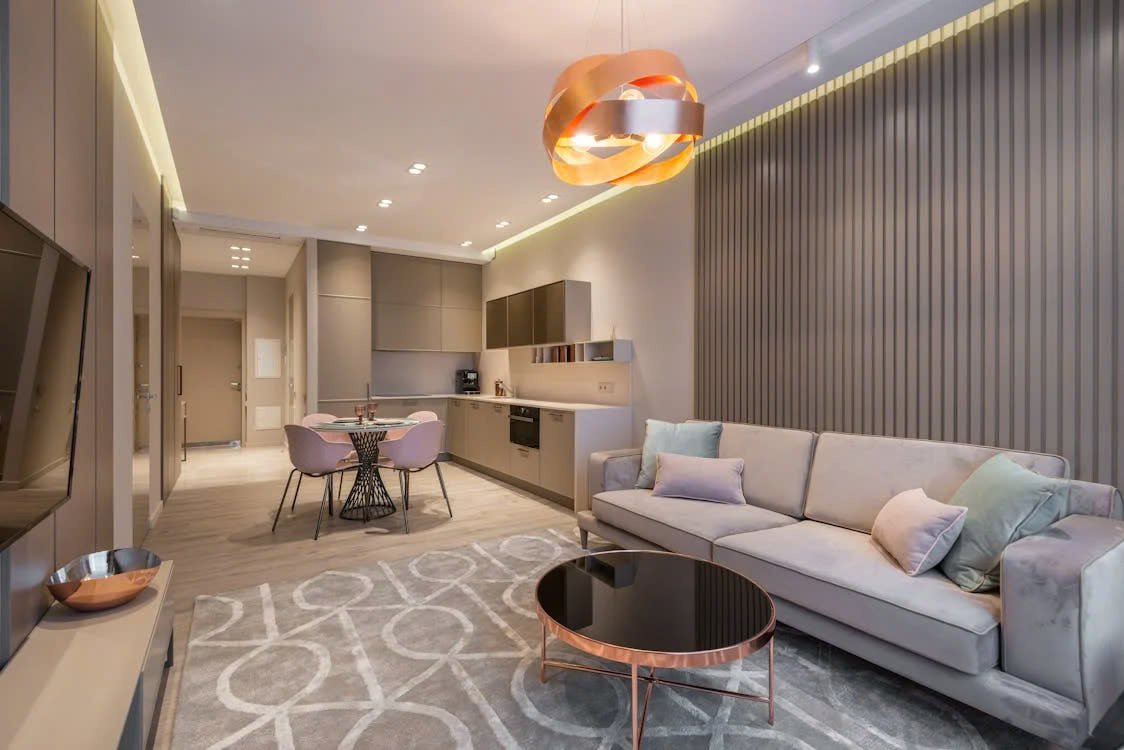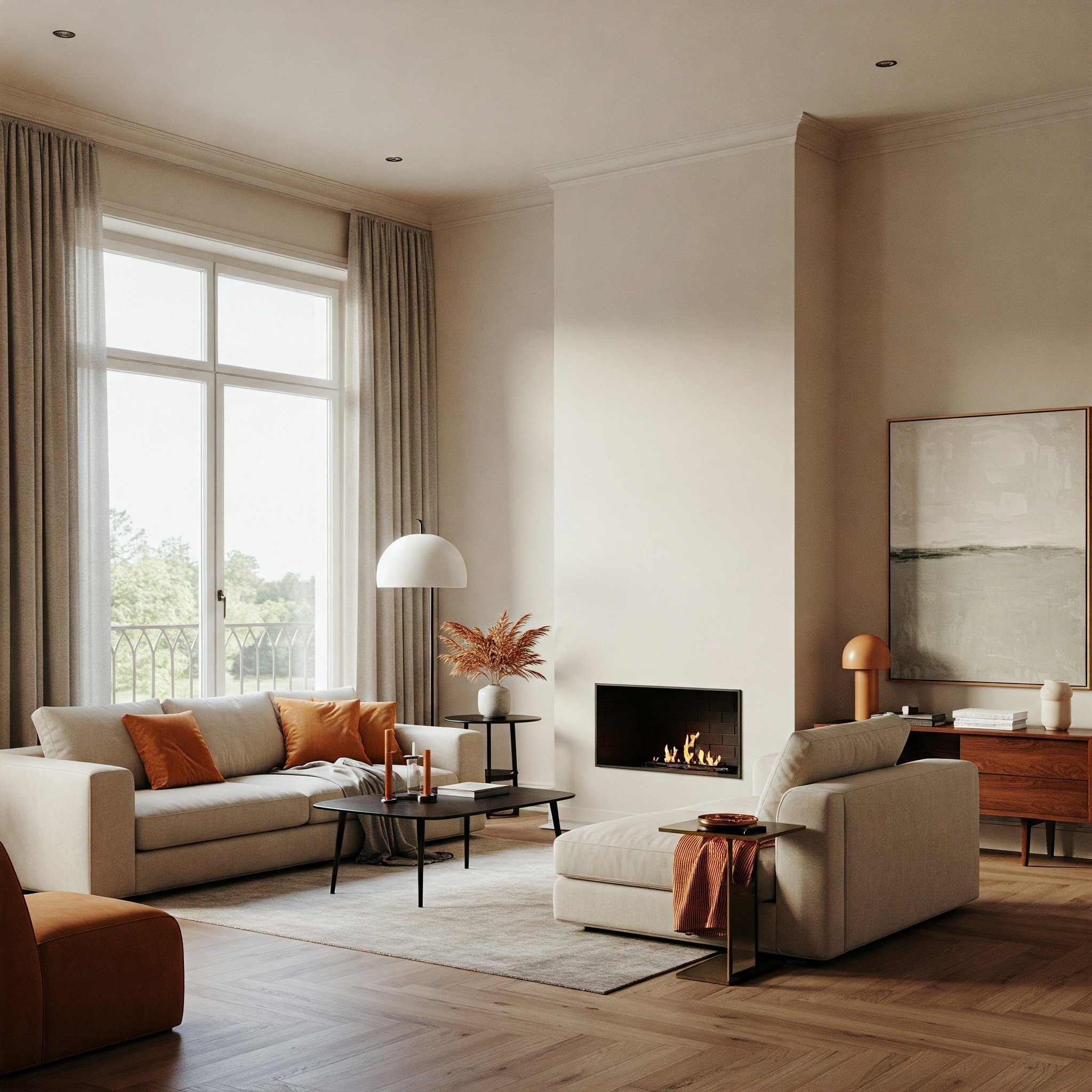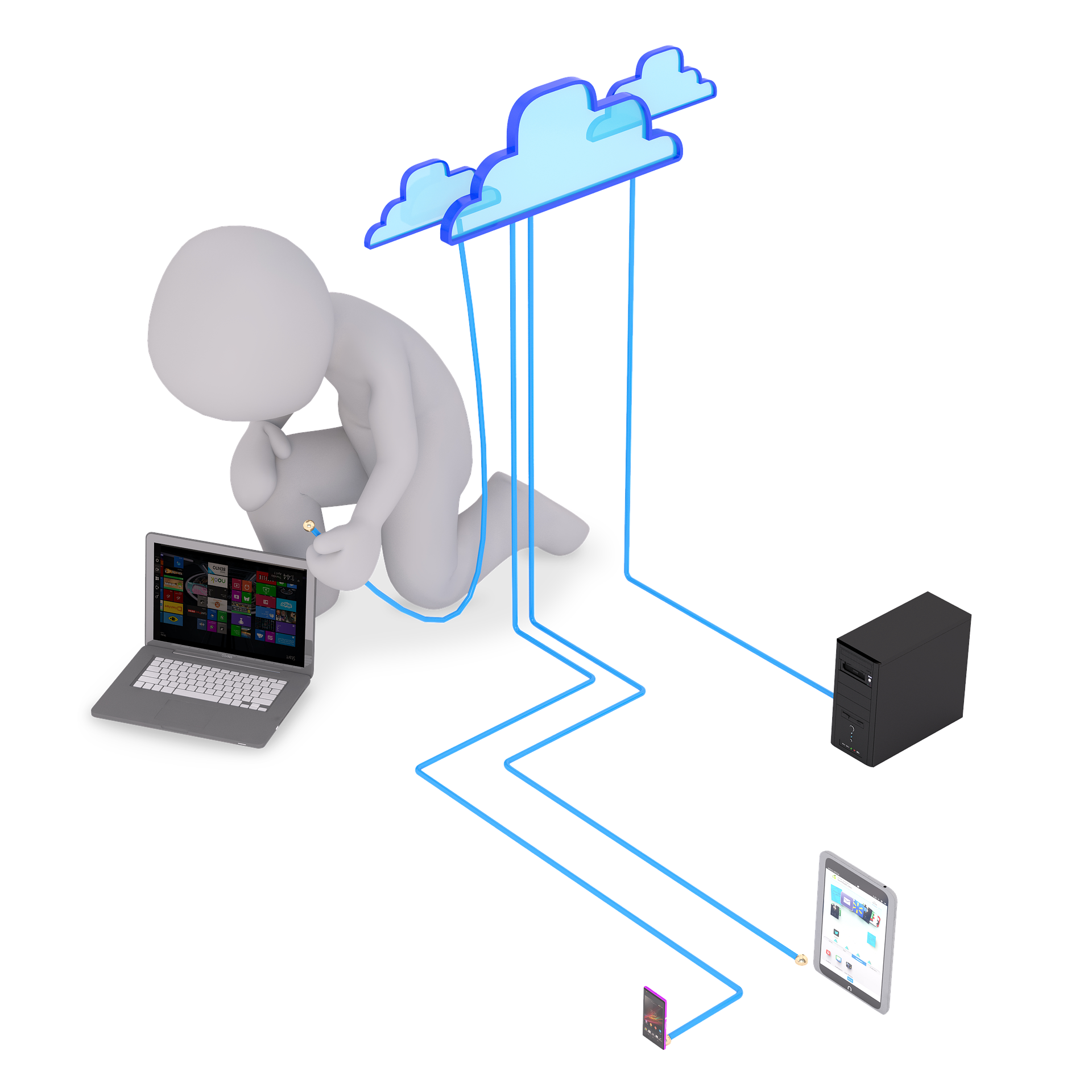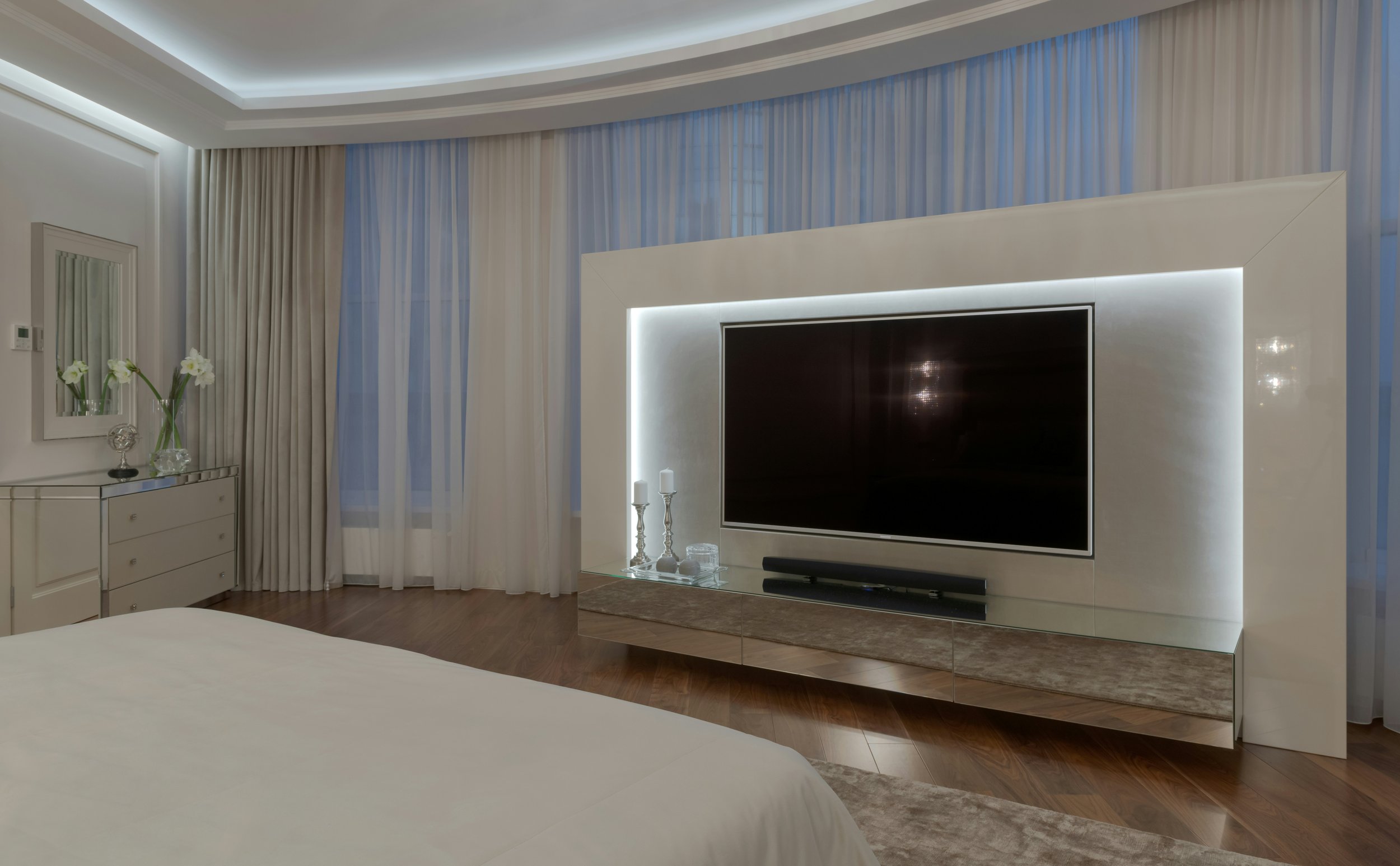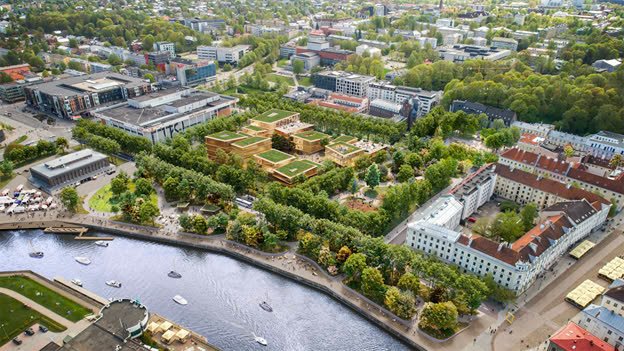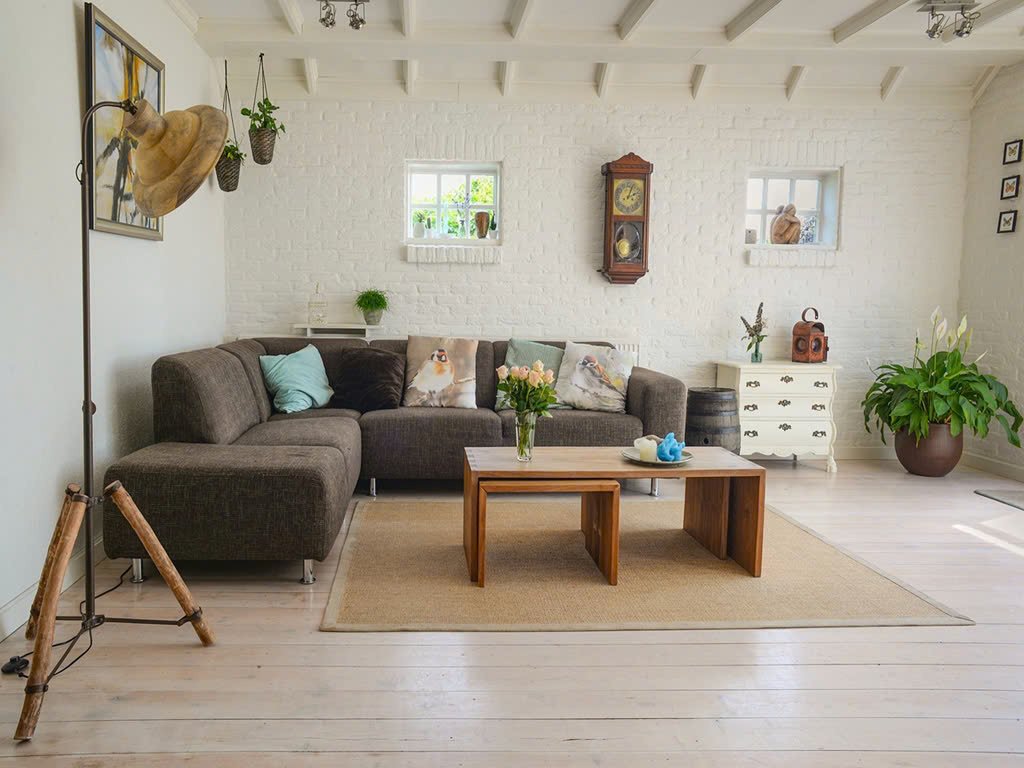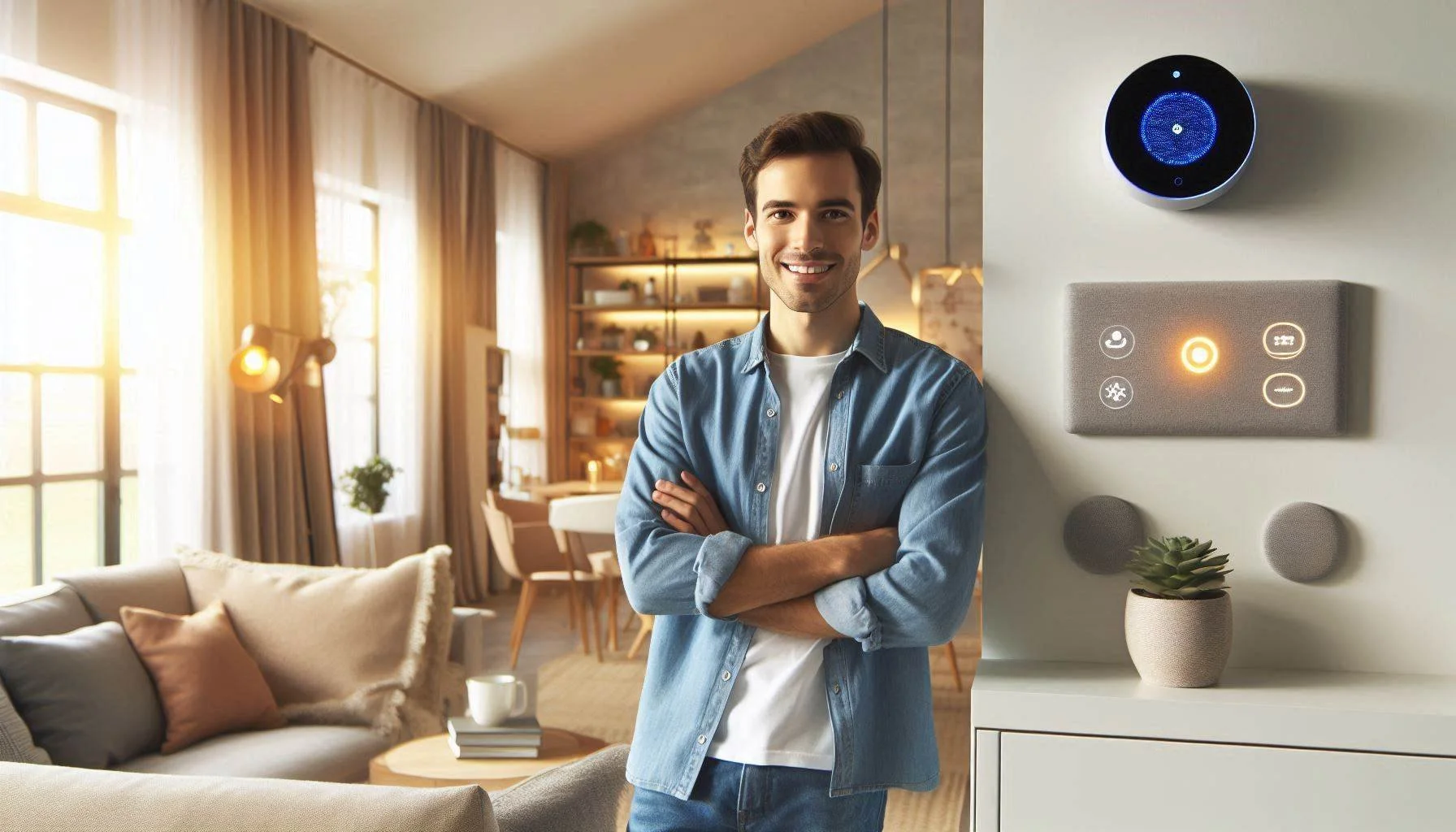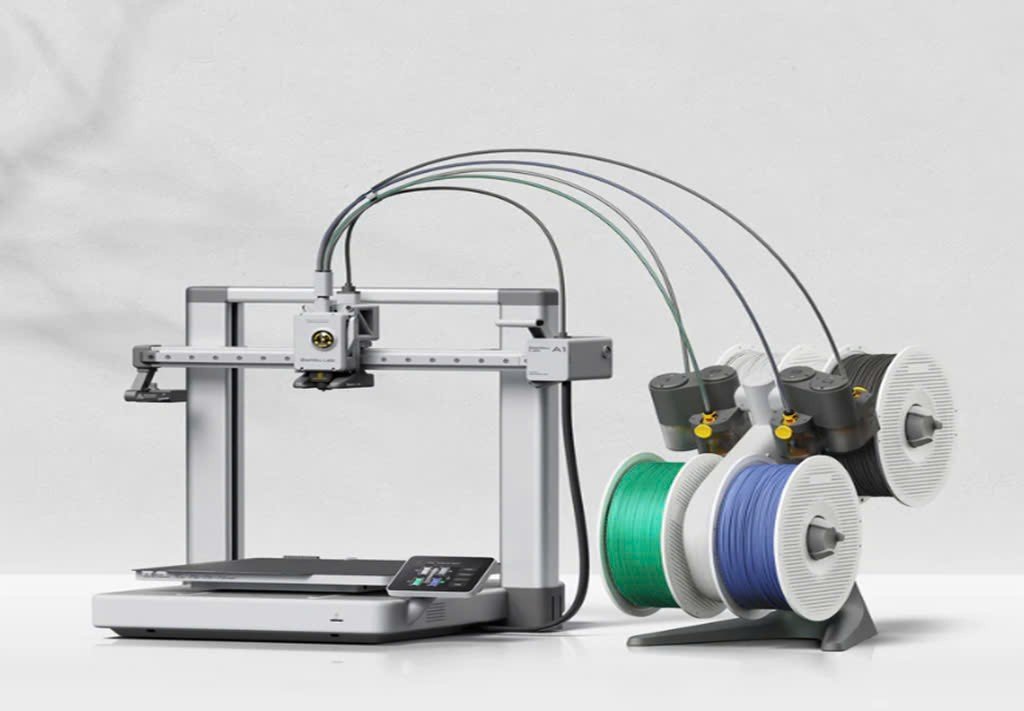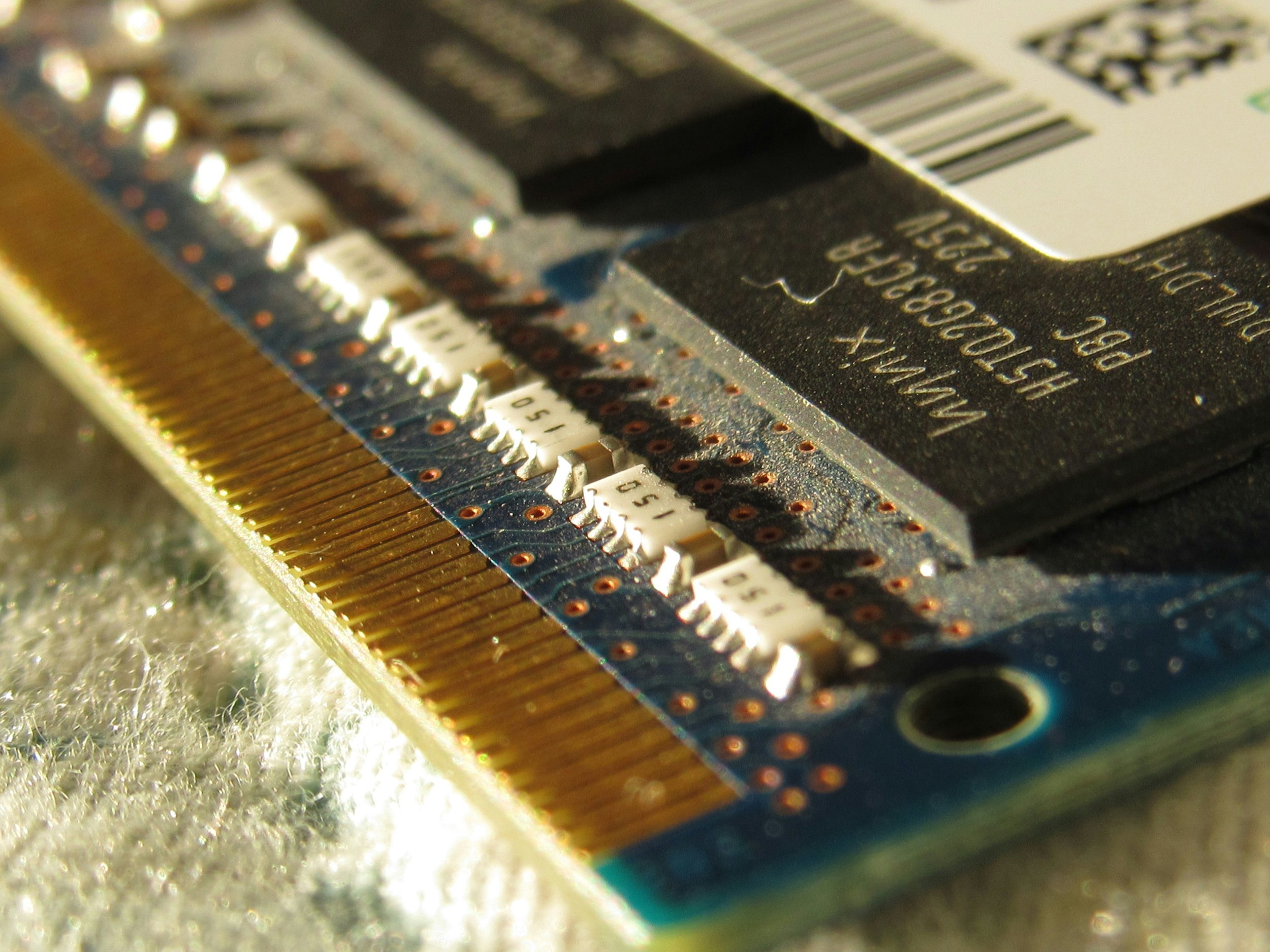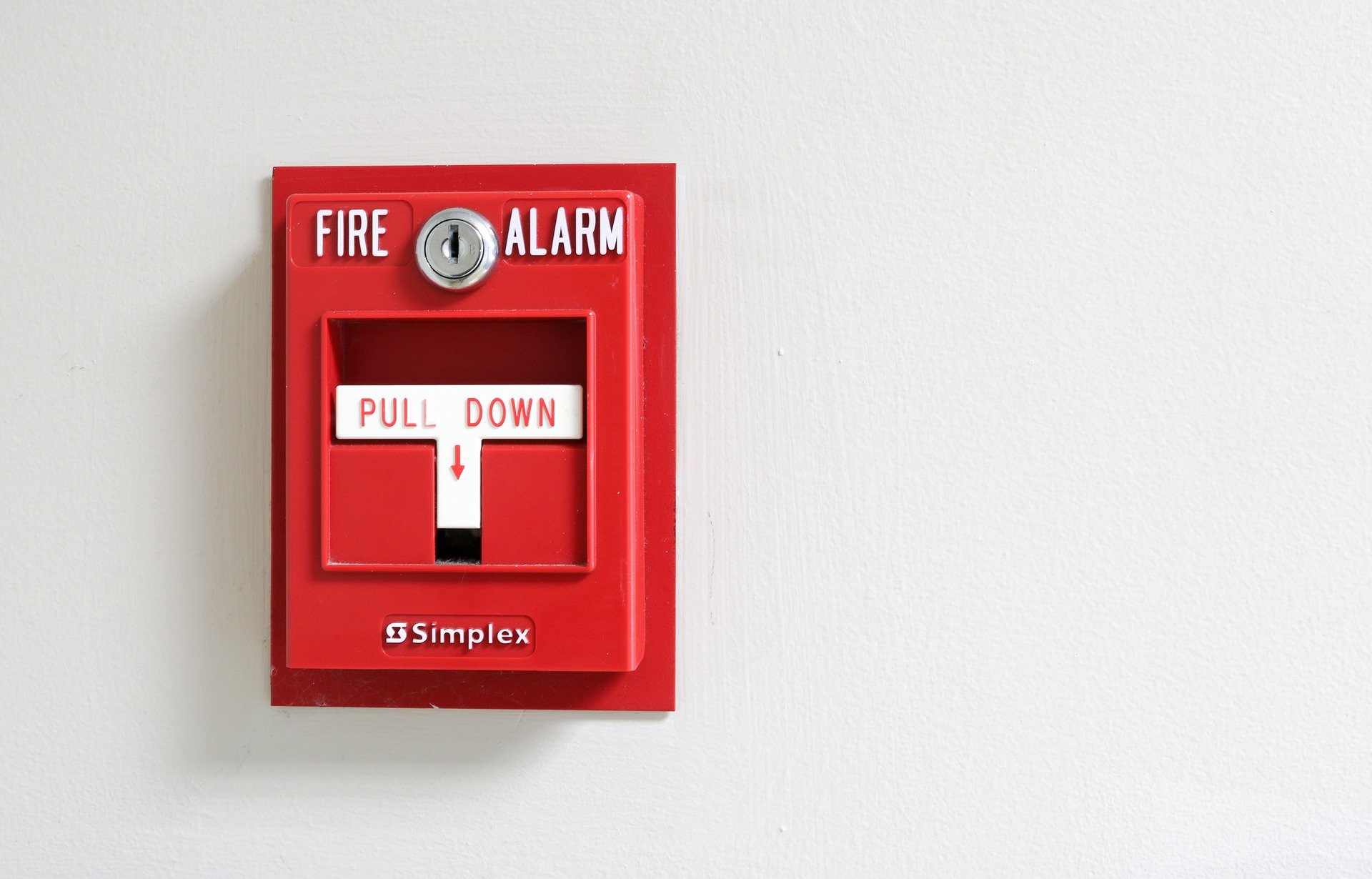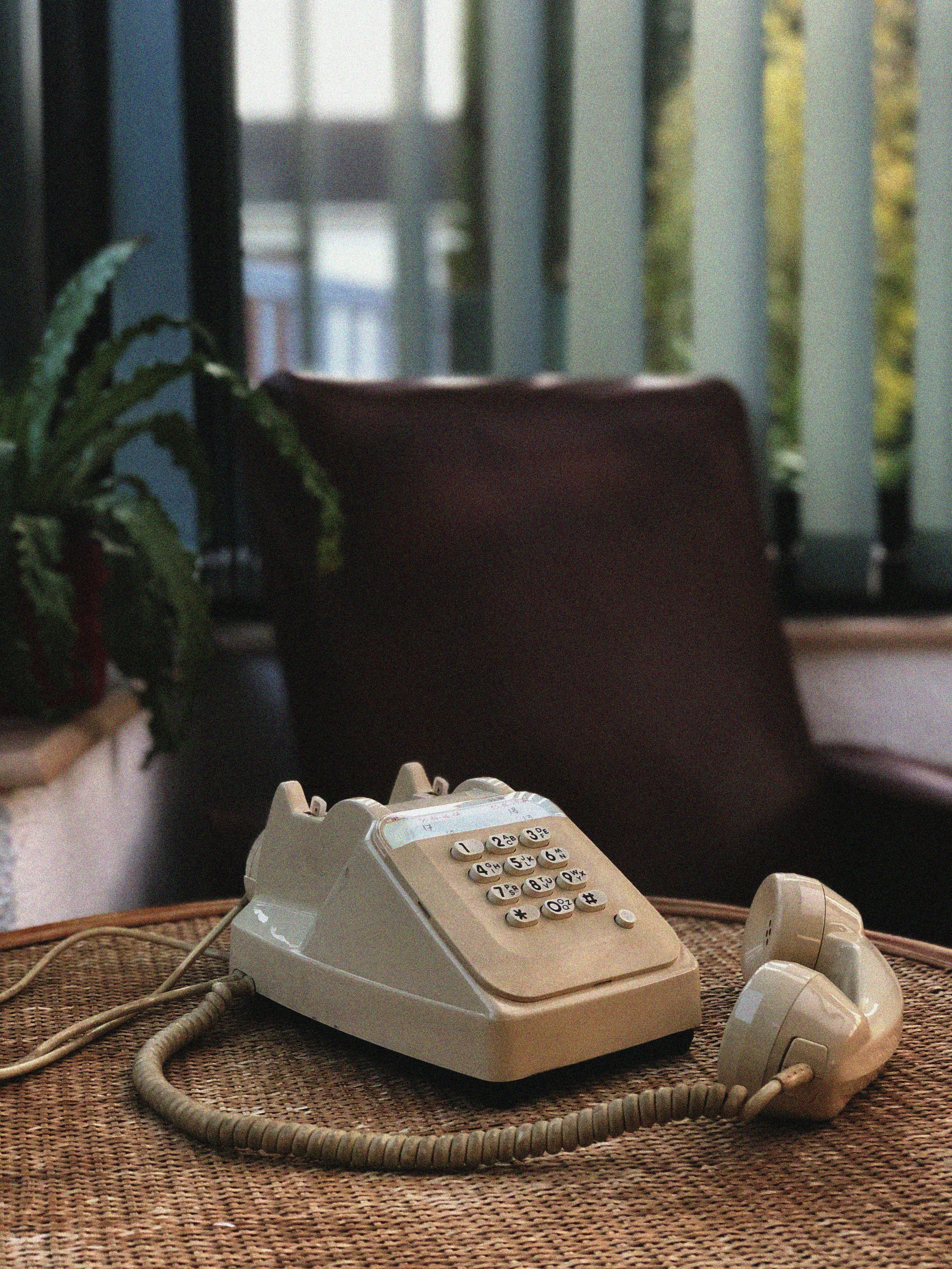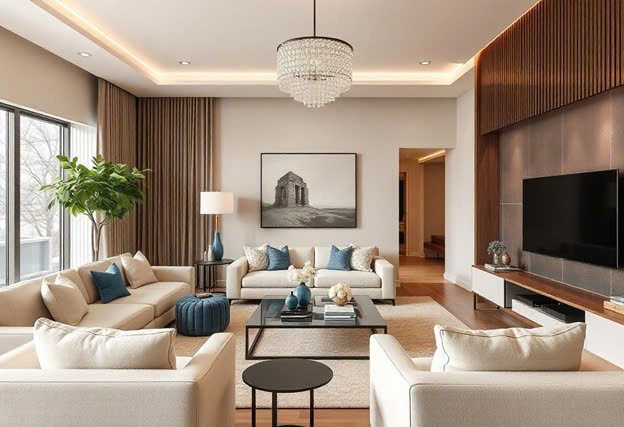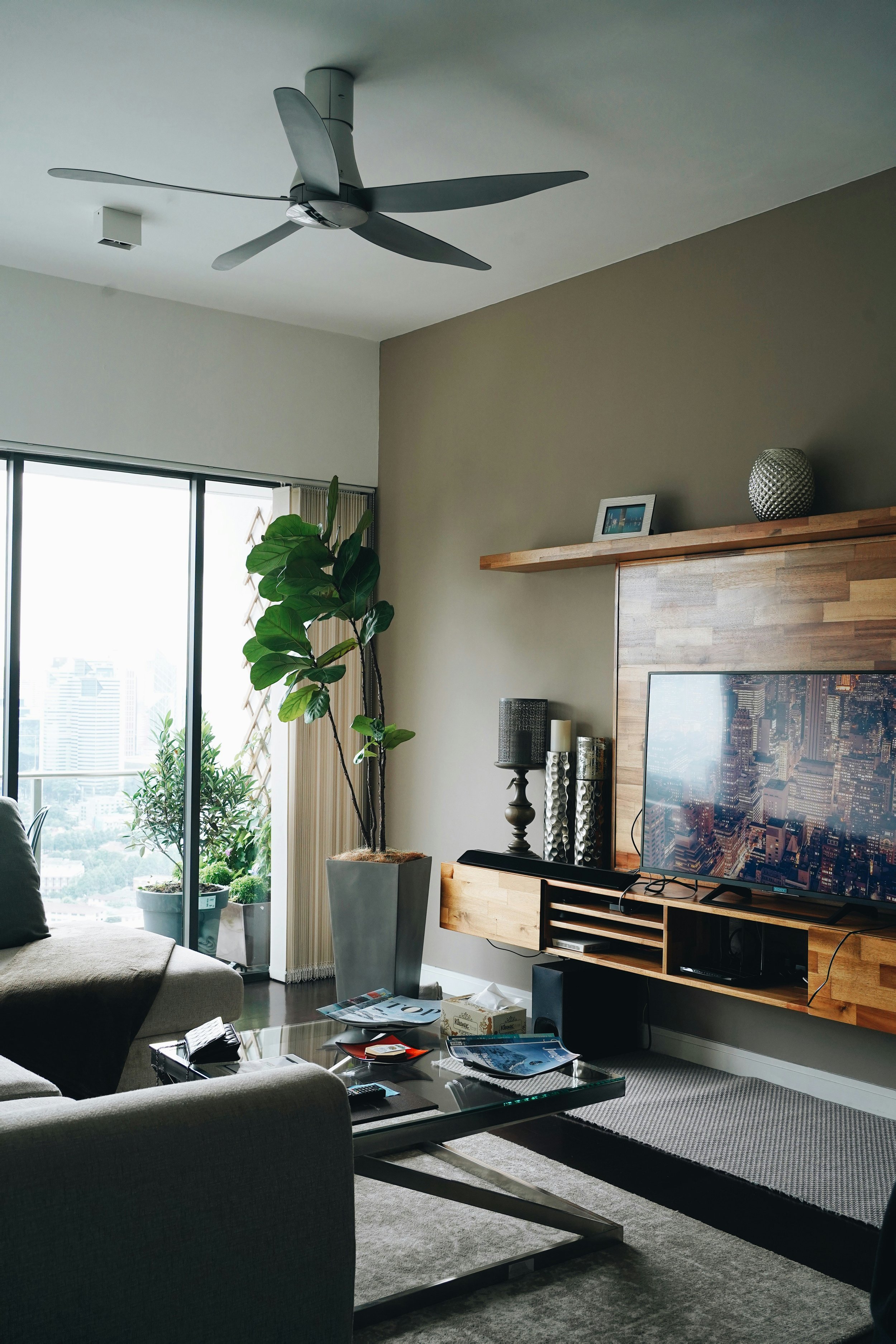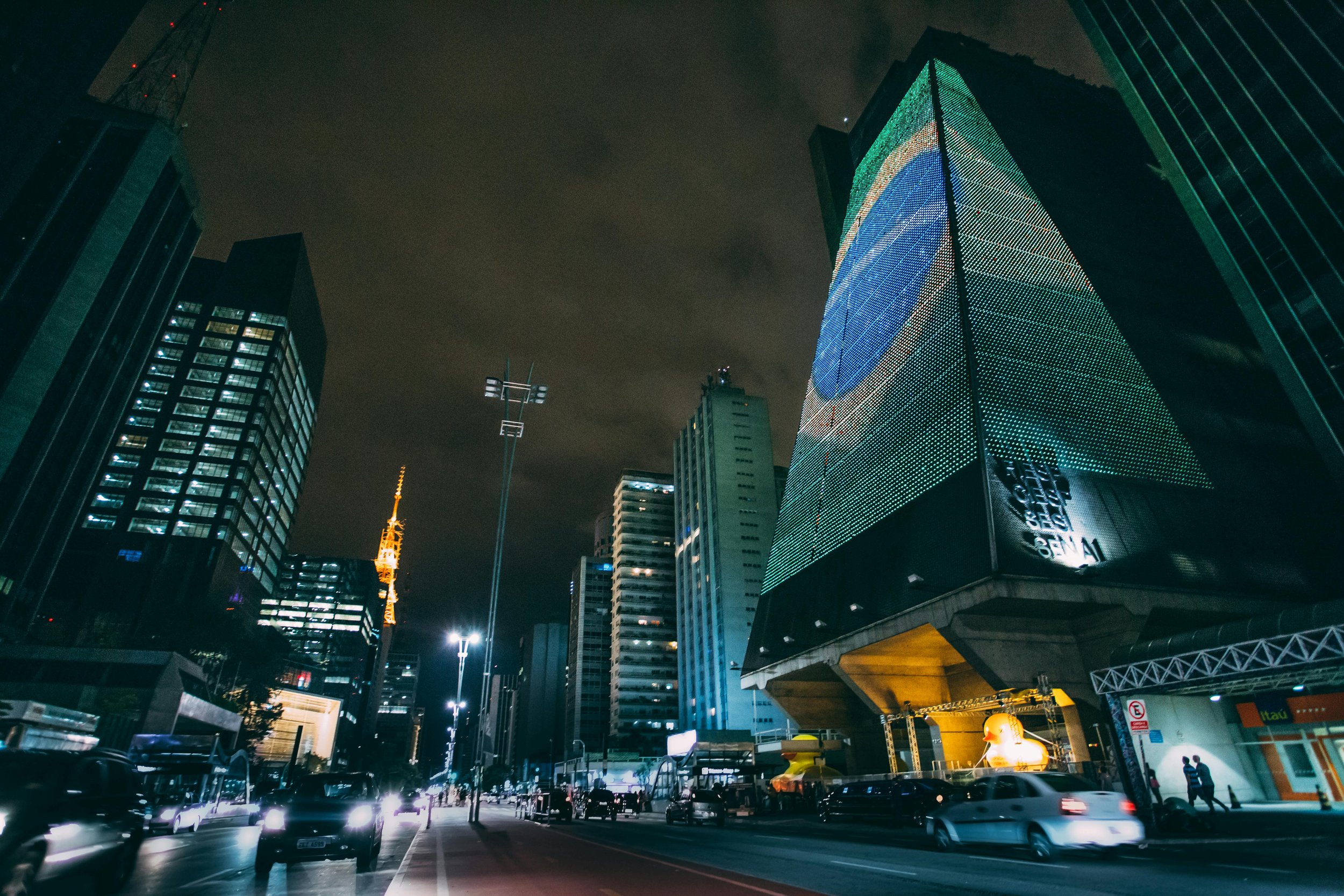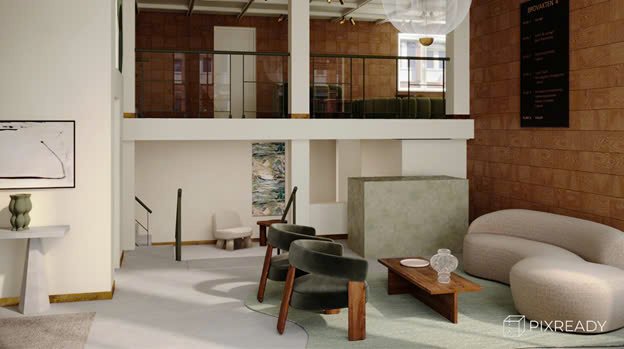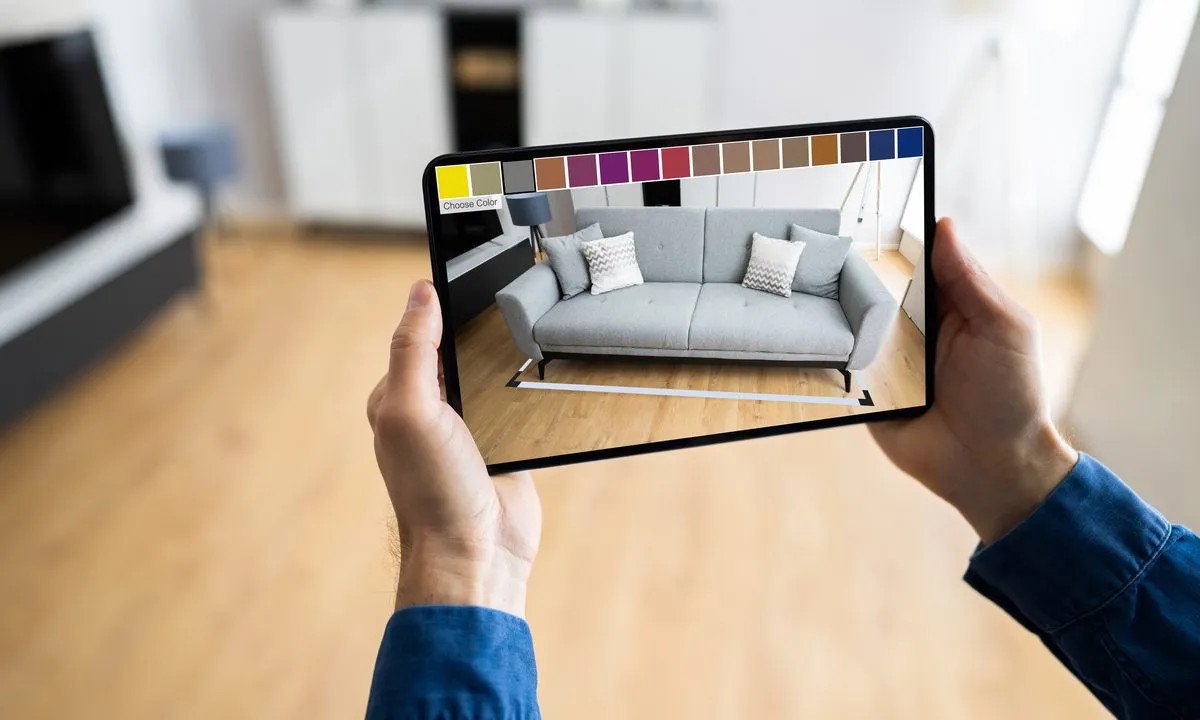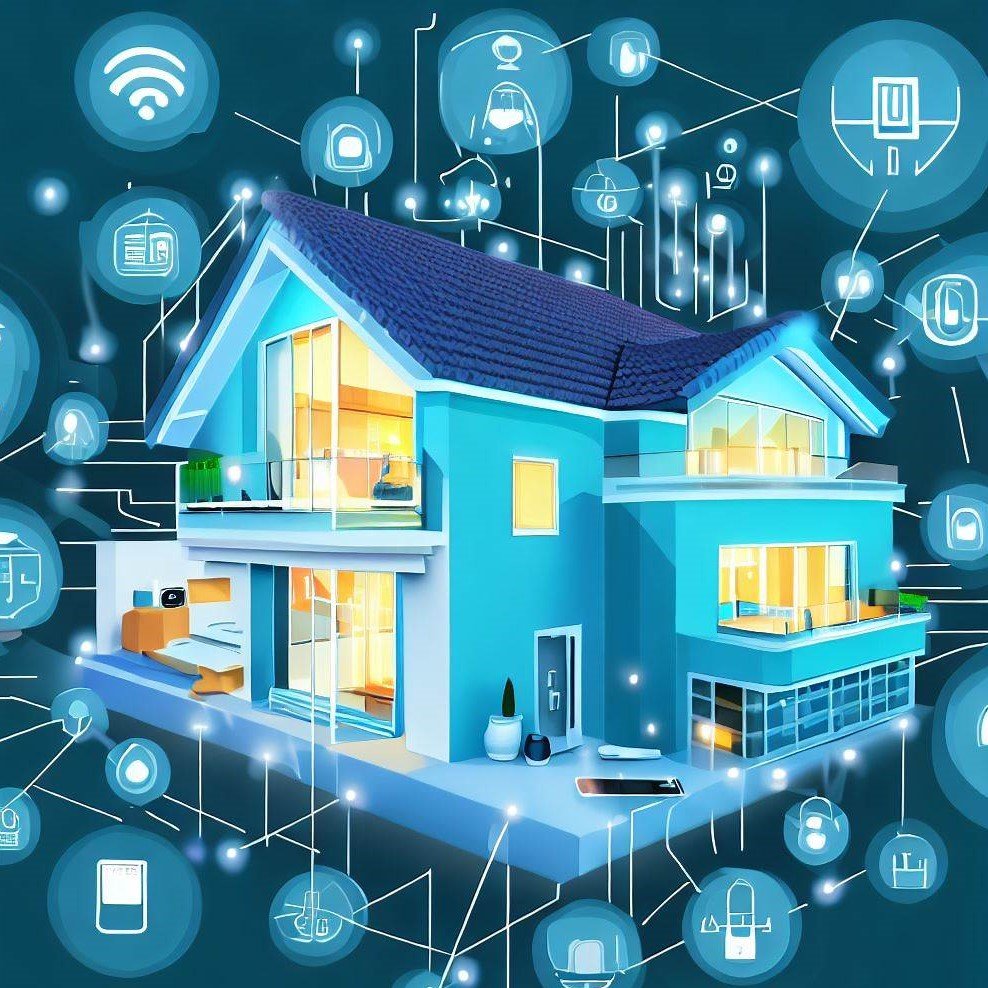Why Technology Is Revolutionizing Interior Design Trends in 2024
Explore how technology is revolutionizing interior design trends in 2024, bringing innovative solutions and personalized experiences to modern living spaces.
Imagine walking into your living room, where your smart coffee table syncs with the ambient lighting. You control it all through an app on your phone. That's not a far-off fantasy anymore.
Technology is reshaping how you think about interior design in 2024. From digital fabrication to personalized automation, cutting-edge tools are transforming spaces like never before. If you're curious about the latest trends or want to understand how tech makes home life smarter and more beautiful, read on.
Explore how these innovations redefine our living environments and get inspired for your next project.
Smart Home Integration in Interior Design
Smart home tech is more than a trend. It's the future of interior design, seamlessly blending aesthetics with functionality. Imagine controlling your home's environment just by speaking to it. Think of it as having a personal assistant for your house.
For example, voice-activated lighting systems set the mood at command. Smart thermostats offer zoned climate control, ensuring each room stays comfortable. Integrated security combines smart locks and cameras to keep you safe.
Key benefits:
Enhanced convenience
Increased energy efficiency
Elevated security
These features make life easier and spaces smarter, adding value while simplifying daily routines. Whether renovating or building new, incorporating these technologies will redefine modern living.
Digital Fabrication: Changing the Game
Ever walked into a home, and you ask yourself how they got those intricate designs? Digital fabrication makes it possible. This tech uses computer-controlled processes to create precise, customized decor elements.
CNC machines cut materials with exact detail. 3D printers build complex furniture pieces layer by layer. Laser cutters carve out unique patterns for wall panels or decorations. Furthermore, with advancements like online CNC services, the process of fabricating complex designs has become more efficient. Fictiv's CNC service provides precision machining capabilities that allow interior designers to receive custom parts with an instant quote, enhancing their ability to innovate.
This approach:
Reduces waste
Speeds up production time
Allows for unparalleled customization
You get one-of-a-kind items that fit perfectly into your design vision, revolutionizing traditional craftsmanship.
Personalized Automation and Customization
Personalized automation is revolutionizing interior design by allowing spaces to adapt to individual needs. Imagine walking into a room that adjusts its settings based on your preferences. Smart mirrors provide tailored lighting for makeup or shaving routines, and adaptive window shades respond to the time of day.
For example, smart kitchens use automated systems for cooking assistance and inventory management. Companies like TriStar exemplify this trend by integrating CAD & PLM solutions that help manufacturers create products for customized home environments effortlessly. This approach reimagines lifestyles through sophisticated design interfaces, making homes more responsive and attuned to personal comfort.
Such innovations ensure living spaces are not only stylish but also highly functional, enhancing everyday life in unprecedented ways.
Virtual Reality for Design Visualization
Unlike in the past, when architects and contractors had to spend huge amounts of time on physical models, virtual reality (VR) now allows for detailed design visualization quickly. Why is this revolutionary? VR enables you to step into a digital version of your future home.
You can walk through rooms, experiment with layouts, and make real-time changes. This immersive experience helps catch design flaws early, saving time and costs. It also enhances client communication by providing a tangible sense of space before construction begins.
By making the planning process more interactive and precise, VR transforms how we conceptualize interior spaces.
AI-Powered Tools for Home Décor
Next on the list, Artificial Intelligence is changing the interior design game for the better. AI-powered tools are revolutionizing home décor by making the design process smarter and more efficient.
Tools like Planner 5D, for instance, allow users to create detailed interior layouts with just a few clicks. Then there's Modsy, which uses AI to generate realistic room renderings based on your style preferences.
Havenly combines AI with human expertise to provide personalized design advice and shopping recommendations. These tools streamline the design process by offering intelligent suggestions, visualizations, and customization options that cater to individual tastes.
This technological leap enables anyone—from amateurs to professionals—to craft beautiful interiors effortlessly.
Eco-Friendly Tech Solutions in Design
In the age we live in, amidst climate change and all the alarming concerns around it, one thing is for sure. There's no discussing design without incorporating the element of sustainability. Modern technology offers numerous eco-friendly solutions to meet this demand, such as:
Solar-Powered Smart Blinds: These blinds not only adjust to sunlight but also generate electricity. They help regulate indoor temperatures, reducing reliance on heating and cooling systems.
Recycled Material 3D Printing: This innovation uses recycled plastics and other materials for home decor items. It minimizes waste while creating unique, sustainable furniture pieces.
Energy-Efficient LED Lighting Systems: Advanced LED lights consume significantly less energy compared to traditional bulbs. As if that’s all, integrated smart controls allow for optimal use of lighting based on room occupancy and natural light levels.
These are just a pinch of the many technologies available to ensure modern interior design aligns with environmental responsibility while maintaining style and functionality.
Designing Tomorrow: Key Takeaways for Innovators
As we move forward, integrating advanced technology in interior design reshapes how we live and interact with our spaces. The key takeaways highlight the seamless blend of function and style. By leveraging these innovations, innovators set new standards for creating intelligent, responsive living environments.
